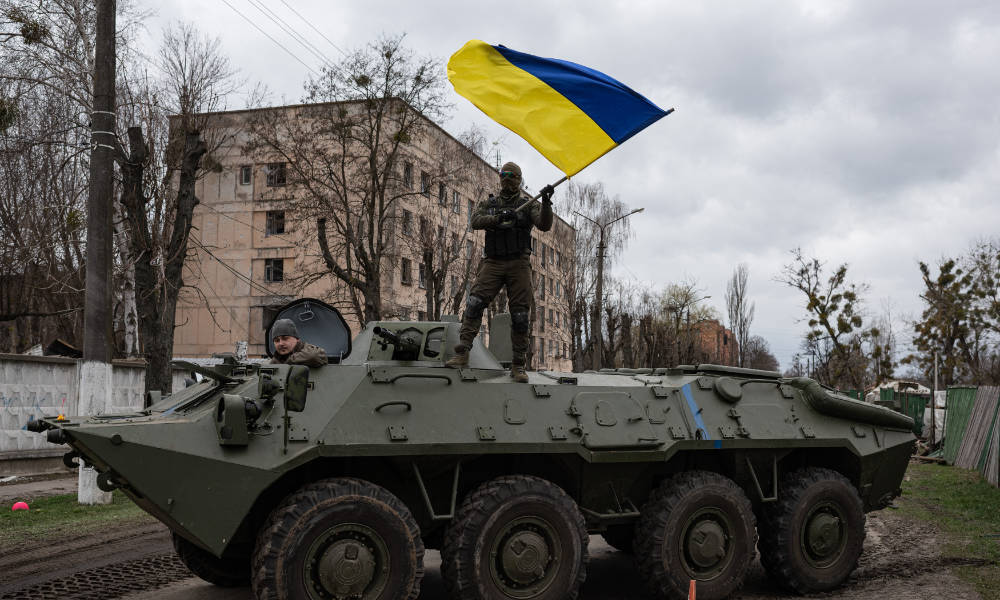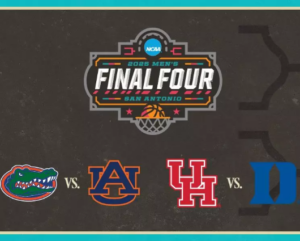By Sofia Garrigo (opinion)
It was on February 24th at 3:40 am when the first shots of invasion rang through Ukraine. Hours before the shots, a BBC interview between Clive Myrie and Lyse Doucet mentioned the tensions and quietness of Ukraine’s presidential cabinet. Putin’s “quick” invasion will be turning a year old in less than 3 months, so what has happened these 9 months? And when will the war end?
Updates and the current events of the war at first were mostly found on social media platforms such as Tik Tok, Instagram and Facebook, but most notably, Telegram. These posts sparked outrage and rallied other nations to fund organizations such as the Ukrainian Red Cross, World Vision, United24, Ranzom for Ukraine, and others. But as the spark of the war has, for the most part, “died down” on social media and western public. There is still a war happening whether or not it appears on someone’s “For You” page.
In the beginning of the invasion Russia seemed to have the advantage, by catching the Ukrainians mostly by surprise. Foreign nations for a while had been threatening Russia with the economic and political consequences of invading Ukraine, but when Russia ignored and still invaded, it left the Ukrainians to fight in a war that no one else was willing to get involved with. The Russians planned to attack the Northeast and Northwest, cornering Ukraine, and to take the capital city of Kyiv in a rapid attack.
As Russian tanks and soldiers moved their way into the country, the Ukrainians fought back. Citizens began switching road signs and messing with Google maps. The military sent air forces to both slow down and confuse the Russian forces. Ukrainians from around the world began to return to Ukraine and help their fellow kin. Stories about a pilot, dubbed the “Ghost of Kyiv”, that downed 40 Russian planes began circulating. It was reported that the Ghost of Kyiv didn’t in fact exist, but the myth lived on for a while. The false pilot gave Ukraine the upper hand as it not only scared Russian forces, but possibly gave Ukraine more time to formulate military plans. As the Russian forces began to attack again, the Ukrainian forces were far more prepared.
In the last two months, the Ukrainians have been able to push the Russians out, city by city. With the colder months kicking in, both countries have been preparing to go on decisive winter campaigns to firmly cement the upper hand. On the anniversary of the Holodomor – a man-made famine in Soviet Ukraine from 1932 to 1933 that killed millions of Ukrainians – Russian bombers targeted energy facilities around Ukraine to scare the country into submission. Frost, mud, winds, and the first signs of snow are predicted to not help either side, as it makes it harder for anyone to move forward at a rapid pace, but Ukraine still holds firm. Ukrainians have begun boarding up and hiding important monuments and buildings to trick Russian bombers. Men who cannot be in active duty are posted to guard specific sectors seemingly as bodyguards to families.
Ukraine’s power grid is beginning to show some cracks after recent mass Russian missile and drone strikes as families are warned to huddle up for a cold winter. Many of the families which have stayed and or returned to Ukraine to fight are finding it difficult to have their younger and older family members sent out of the country into safety. Refugees in countries like Poland are being warned that they will have to start paying some housing and food costs next year.
Due to Russian mobilization, increased Russian civilian surveillance, growing danger in Ukraine, and the signs that the war is far from over, many citizens from both countries are emigrating to other countries, including the United States. This flood of refugees entering the United States is causing logistical concerns for immigration organizations. As more and more people cross, the amount of space available for these European immigrants is becoming smaller and smaller. These refugees are losing places where they can escape to, as not only is the United States running out of space. The refugee crisis in Europe has increased as well. Over four million refugees have applied for the EU’s temporary protection schemes.
Even more are expected to escape as the winter creeps closer and closer, and this is a bad sign for both sides, but particularly Russia. With the death of Vladimir Makei, a foreign minister in Belarus, Russia is losing allies and people willing to supply them much needed military support. To fully end the war, countries have to help Ukraine with more than pledges and hopes but with resources.






Be First to Comment